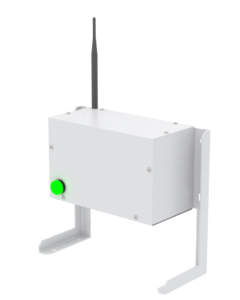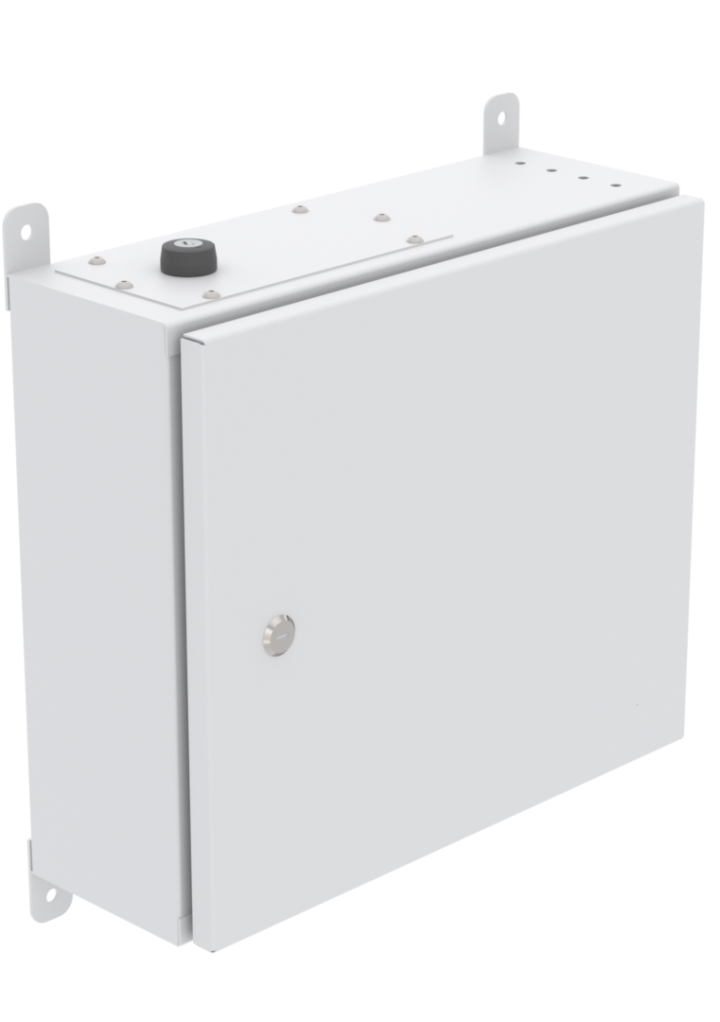
Warehouse AMRs: Improving Flexibility, Efficiency, and Safety in Automation
What is Warehouse?
Warehouses are a critical part of the supply chain, serving as central hubs where goods are received, stored, and distributed to their final destinations. They play a key role in ensuring that products move efficiently from manufacturers to consumers. Figure 1 illustrates an automated warehouse with AMR Solution. Depending on the function and industry, warehouses can serve different purposes such as:
- Distribution Centers: Focused on receiving, sorting, and dispatching goods quickly.
- Storage Warehouses: Designed for long-term storage of goods, especially those that may not need immediate distribution.
- Fulfillment Centers: These are used mainly for e-commerce, where the focus is on picking, packing, and shipping goods directly to consumers.
Types of Warehouses
Warehouses are categorized based on their specific purpose, and here are some common types:
- Public Warehouses: These are operated by third-party companies and used by multiple businesses to store their goods.
- Private Warehouses: Owned by large retailers or manufacturers for storing their own products.
- Automated Warehouses: Highly automated facilities that leverage technology, including robots, for efficient handling, storage, and retrieval of products.
- Climate-Controlled Warehouses: Designed for storing goods that require specific environmental conditions, such as pharmaceuticals or perishable food.
Each type of warehouse has different operational needs and faces its own unique challenges. A company can determine the most suitable type of solution for its operations using the Warehouse Classification Matrix in Figure 2, which categorizes warehouses based on operational complexity and labor intensity. The matrix ranges from low-complexity, low-labor setups like micro-fulfillment centers to high-complexity, high-labor operations like large fulfillment centers. In between, distribution centers may require more labor for standardized processes, while centralized warehouses handle complex assortments with less labor. This tool helps businesses align their warehouse strategy with their operational demands and labor capabilities. Accenture.com

Challenges in Warehouse Operations
- Labor Shortages: The demand for warehouse workers has outpaced supply, leading to rising labor costs and difficulty in maintaining 24/7 operations. This has increased the need for automation solutions like AMRs (Autonomous Mobile Robots) to handle repetitive and labor-intensive tasks.
- Space Utilization: As product diversity increases, so does the need for better space utilization. Warehouses struggle with optimizing storage space, often dealing with poor layout designs or inefficient shelving systems. Traditional manual processes can make it harder to fully use available space.
- Efficiency and Speed: In fast-paced environments like e-commerce, where quick order fulfillment is key, warehouses need to ensure that goods move quickly from receiving to shipping. Manual handling slows down the process, leading to bottlenecks and delays in order fulfillment.
- Accuracy: Human errors, especially in picking and placing goods, can lead to misplaced items, order inaccuracies, and increased returns. This impacts customer satisfaction and overall warehouse performance.
- Cycle Times: The cycle time—the time it takes for goods to move from receiving to shipping—is a critical metric in warehouse operations. Long cycle times can result in delayed shipments and decreased customer satisfaction. Reducing these times is essential for increasing operational efficiency.
- Cost Pressures: Operational costs are on the rise, from labor to energy expenses. Warehouses are under constant pressure to cut costs while maintaining or improving service levels. This makes automation not just a competitive advantage but a necessity for long-term viability.
In response, automation has emerged as a powerful tool to streamline processes, improve efficiency, and reduce the burden of repetitive tasks. These are some of the solutions that illustrate how automation can transform warehouse operations to meet these challenges:
- Automated Storage and Retrieval Systems (AS/RS): AS/RS systems are designed to automate the storage and retrieval of goods, minimizing human labor and speeding up operations. These systems are ideal for warehouses dealing with large volumes of goods in fixed locations. AS/RS systems are used for both small and large items and are particularly beneficial for maximizing vertical space in high-density storage environments.
- Pick-to-Light and Put-to-Light Systems: These systems use lights to guide workers during the picking or placing process, reducing errors and speeding up order fulfillment. The lights indicate which bin to pick or place items into, streamlining operations. Pick-to-light and put-to-light systems are particularly beneficial in environments where high picking accuracy and speed are required, such as in e-commerce fulfillment centers.
- Automated Sortation Systems: Automated sortation systems use conveyors, scanners, and robotics to automatically sort items based on predefined criteria, like size, destination, or priority. These systems are ideal for high-volume warehouses, especially those dealing with parcels and packages that need to be routed to specific locations. Sortation systems improve operational speed and accuracy, reducing human labor in the sorting process.
- Drones: Drones are gaining traction in large warehouses for inventory management. They can fly through aisles and scan barcodes or RFID tags, significantly speeding up stocktaking. While still in the early stages of widespread adoption, drones are being tested in industries where large, high-ceiling warehouses need faster inventory audits. They reduce manual labor in inventory management but are not yet as widely used as other solutions.
- Autonomous Mobile Robots (AMRs): AMRs have become a game-changer for warehouses looking for flexibility and scalability. These robots navigate independently using sensors and AI, handling tasks like material transport and order picking. Unlike AGVs, AMRs can navigate dynamic environments and adapt to changes, making them suitable for diverse warehouse layouts. They also reduce reliance on human workers for repetitive tasks, boosting productivity.
For inquiries about our solutions, feel free to contact us at sales@dfautomation.com
Explore how DF’s Autonomous Mobile Robots (AMRs) enhance warehouse automation solutions by continuing to the next section of the article: Part 2
Author: Abdul Aziz Bin Abdul Satar
Editor: Shalani Krishnan
DF Automation & Robotics is one of the leading robotics companies in Southeast Asia, specializing in the design and manufacture of Autonomous Mobile Robots (AMRs) for the global automation and robotics industry. The company’s success is driven by its two proprietary AMR software solutions – NavWiz and DFleet – which are utilized across multiple industries. NavWiz serves as the cognitive engine for the robots, enabling seamless autonomous navigation, while DFleet facilitates efficient fleet management and optimizes traffic control in factory environments.
With over 500 robots deployed worldwide, DF Automation & Robotics has successfully expanded its solutions to countries such as Malaysia, Singapore, Thailand, India, Mexico, and various European nations. Visit www.dfautomation.com to learn more.





















